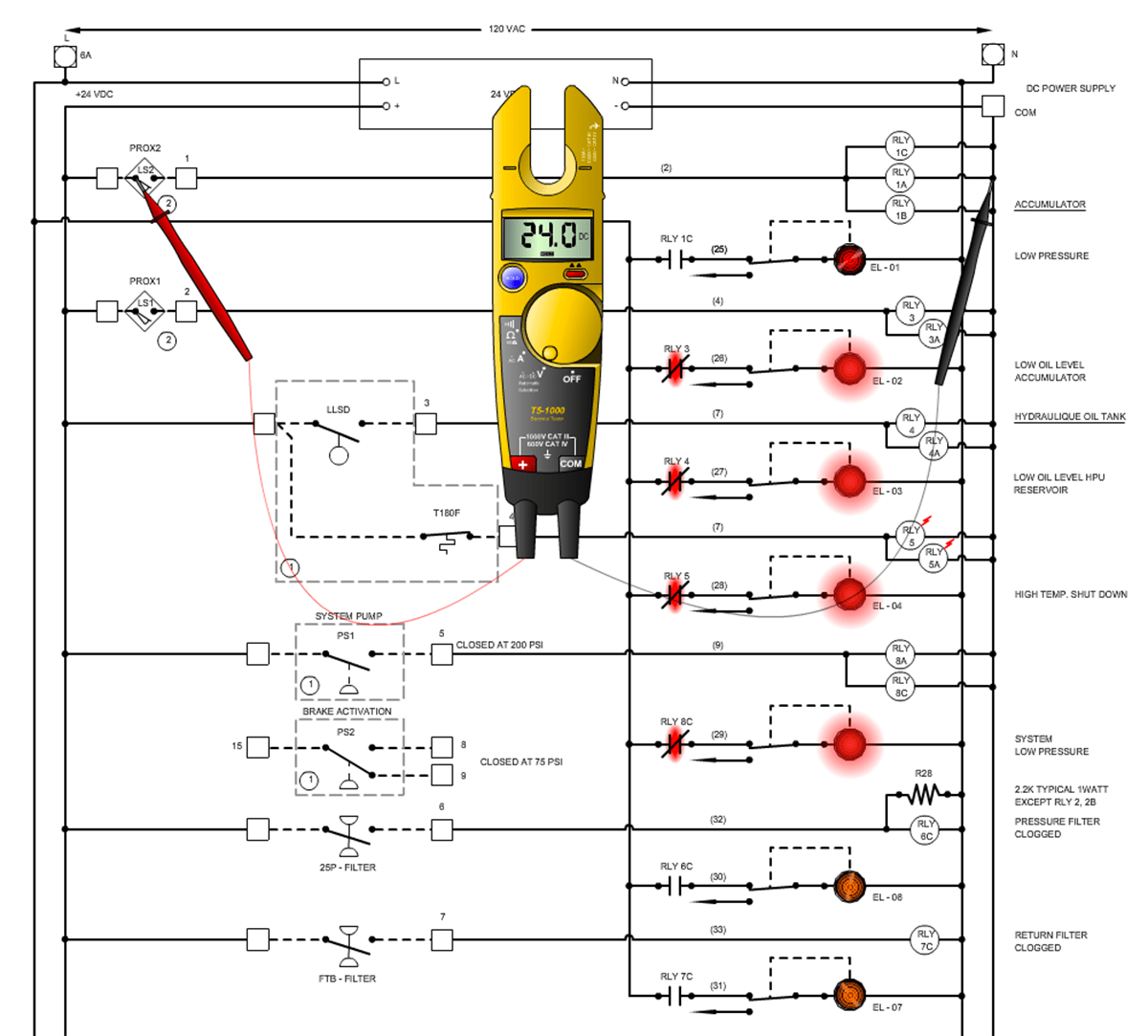Customized mechanical engineering industry support guidance for your business needs.
Wiki Article
Leading Tips for Effective Electric System Troubleshooting
Repairing electric systems calls for a methodical method, grounded in a detailed understanding of electric principles and safety methods. By familiarizing oneself with circuit components, using essential devices, and adhering to an organized examination approach, specialists can properly identify and deal with issues. Nonetheless, the subtleties of effective repairing extend beyond mere technological expertise; recognizing how to record searchings for and focus on security can considerably affect results. As we discover these crucial elements even more, it ends up being clear that understanding this procedure is not just advantageous yet necessary for success in the field.Understand the Essentials
Recognizing the basics of electric systems is important for efficient troubleshooting, as a solid foundation enables professionals to diagnose and settle issues more successfully. A comprehensive grasp of electrical principles, such as voltage, current, resistance, and power, is vital in recognizing the origin causes of problems. Voltage is the electrical possible difference that drives existing through a circuit, while resistance opposes the flow of current, affecting the general performance of the system.Knowledge with circuit components, including resistors, capacitors, diodes, and changes, is also critical. Each part plays a distinctive function in circuit habits and can affect performance when malfunctioning. Additionally, comprehending collection and identical circuit arrangements is crucial, as these plans influence the distribution of voltage and existing within the system.
Service technicians should be aware of prospective dangers, such as shock and brief circuits, to apply risk-free troubleshooting methods. By mastering these fundamental ideas, service technicians boost their ability to conduct efficient diagnostics and repairs, ultimately leading to improved performance and integrity of electrical systems (electrical system troubleshooting).
Gather Necessary Tools
Efficient troubleshooting of electrical systems calls for the right set of tools to detect and solve concerns properly. Crucial tools include a multimeter, which measures voltage, current, and resistance, permitting for accurate evaluations of electric parts.Furthermore, insulated hand devices such as screwdrivers, pliers, and cord strippers are vital for safely controling electrical connections. It is additionally suggested to have a circuit tester available to confirm the existence of voltage in electrical outlets and cords. For more complicated systems, a thermal imaging camera can aid find overheating components, indicating potential failures.

Follow a Methodical Strategy
Having actually gathered the ideal tools, the following action in troubleshooting electrical systems is to follow a systematic approach. A systematic strategy makes sure that professionals can determine faults successfully and accurately, minimizing downtime and avoiding unneeded repair services.Begin by examining the system's schematic representations and specs. Comprehending the layout and functional parameters will give context for identifying concerns. Next off, separate the issue location by utilizing a procedure of elimination. This includes checking each component methodically, beginning with the source of power and functioning in the direction of the tons.
Use screening equipment, such as multimeters and oscilloscopes, to gather objective data concerning voltage, current, and resistance at numerous factors within the system. This empirical evidence will certainly assist your troubleshooting initiatives and help to confirm or get rid of prospective root causes of failure.
Furthermore, consider ecological aspects that may affect the system's efficiency, such as temperature fluctuations or dampness ingress. An extensive examination of electrical wiring, links, and parts will certainly make sure that all possibilities are represented.
File Your Findings
Complete documents is important in the troubleshooting process of electrical systems. This practice not only help in recognizing the origin cause of the trouble however additionally serves as a recommendation for future fixing initiatives.
Additionally, preserving a log of parts changed or repairs executed is important. This info sustains stock monitoring and can help examine the longevity and integrity of details elements.
Eventually, the documents process ought to be extensive yet succinct, allowing easy access and evaluation - electrical system troubleshooting. By prioritizing thorough documents, service technicians can create a valuable expertise base that not just help in current troubleshooting but also empowers future maintenance initiatives, therefore enhancing general system integrity

Prioritize Precaution
Identifying the intrinsic risks related to electric systems is essential for making certain security throughout troubleshooting. Electrical shock, burns, and tools damage are simply a few of the potential threats that service technicians deal with. Prioritizing security measures is not just a lawful commitment yet additionally a moral essential that safeguards both the professional and the surrounding setting.Prior to commencing any troubleshooting task, specialists should don proper individual protective equipment (PPE), including insulated gloves, shatterproof glass, and flame-resistant clothing. Making sure that the workspace is completely dry and complimentary of clutter can substantially lower the threat of crashes. It is essential to de-energize circuits before starting any job, confirming that they are not live through the use of a multimeter or voltage tester.
Developing clear interaction procedures with employee is additionally important; this makes certain that every person recognizes potential risks and the status of the electrical system being serviced. Finally, having an emergency situation action plan in area can show invaluable in case of an occurrence. By prioritizing precaution, service technicians can properly mitigate dangers and foster a more secure work environment.
Final Thought
Effective electrical system fixing depends on a detailed understanding of essential principles and a systematic technique. By gathering necessary tools, sticking to methodical evaluation methods, and carefully documenting findings, the fixing procedure becomes much more reliable and trusted. Prioritizing security steps guarantees the health of individuals included and the honesty of the electric system. Applying these approaches will enhance the repairing experience, leading to quicker resolutions and improved functional effectiveness in electrical systems.Report this wiki page